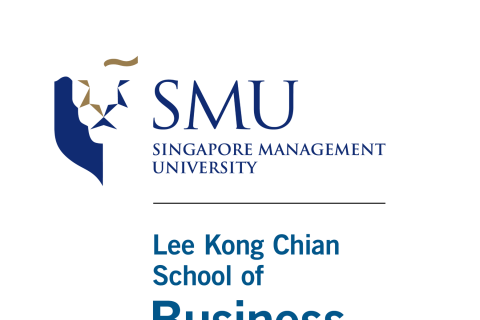
By Alvin Lee
SMU Office of Research & Tech Transfer - In a few months from now, Tan Yong Chin will be heading to the City University of Hong Kong (CityU HK) to take up his first academic placement. The prospective graduate of SMU’s PhD in Business (Marketing) programme came across it during its infancy in 2014, and initially had concerns as the programme was less established compared to those at other schools.
“The program coordinator at that time, Prof. Kapil Tuli, convinced me that the school would be more invested in us because we will be the first few graduates to represent SMU,” Tan explained to Research@SMU. “I’m glad I accepted the position, and the experience so far has been positive.
“The school and department has been working hard to increase our exposure by giving us opportunities to present at conferences, and inviting distinguished faculty from reputable universities such as Harvard Business School to conduct seminars and workshops with us.”
When he begins his stint at CityU HK in August, Tan will continue his research on digital strategies in marketing, where new technologies produces “abundant research opportunities to understand how consumers respond to them, and how marketers can leverage them more effectively”.
Currently he is working on a project with Professors Srinivas Reddy and Sandeep Chandukala which investigates how online retailers can use augmented reality (AR) technology on mobile apps to increase sales by allowing customers to ‘try’ products virtually. He elaborated:
“We find that AR is very effective in encouraging customers to explore products and brands they have never purchased before. Interestingly, we also find that when customers are able to experience products virtually, they rely less on extrinsic product quality cues, and are consequently more willing to purchase lower-priced products or less-popular brands.”
Tan, who is also working on how retailers can use incentives to recover customers after they have abandoned their online shopping carts, also cited some challenges in his work.
“Due to the nature of my research approach, the biggest challenge is not having full control over all aspects of the research, particularly research design and data collection,” he said. “Companies have their own internal objectives, constraints, and timelines; key contact people come and go; field experiments don’t always work out according to plan, but these are part and parcel of collaborating with companies. The plus side is that research based on partnerships with companies have strong managerial relevance.
“The biggest takeaway for me is to take time to build relationships with companies with a long-term goal in mind. It also helps to understand and align with their goals early on. Companies would be a lot more willing to cooperate if they feel that you are on their side to help them achieve their goals, rather than the other way round.”
Back to Research@SMU February 2019 Issue
See More News
Want to see more of SMU Research?
Sign up for Research@SMU e-newslettter to know more about our research and research-related events!
If you would like to remove yourself from all our mailing list, please visit https://eservices.smu.edu.sg/internet/DNC/Default.aspx

